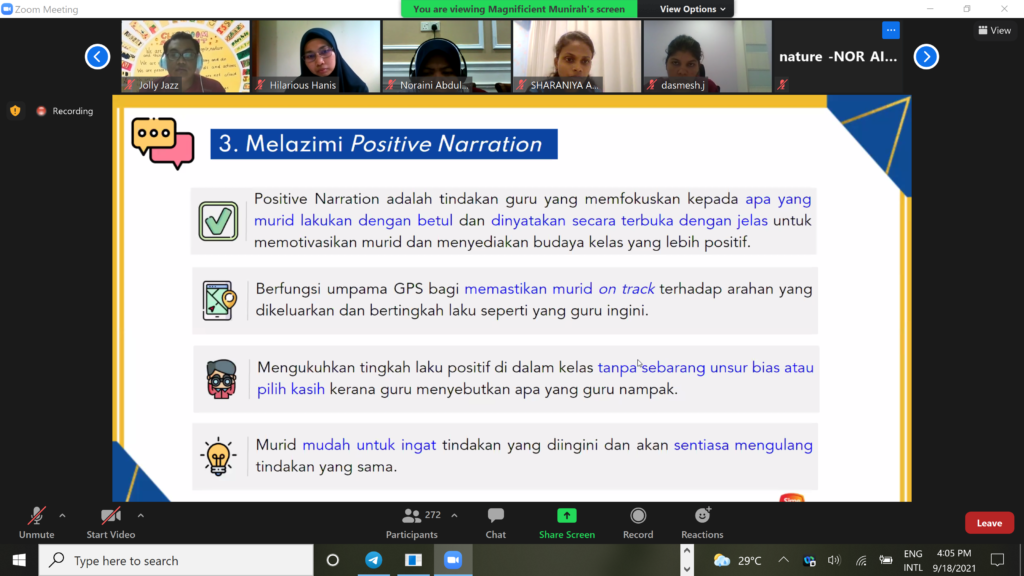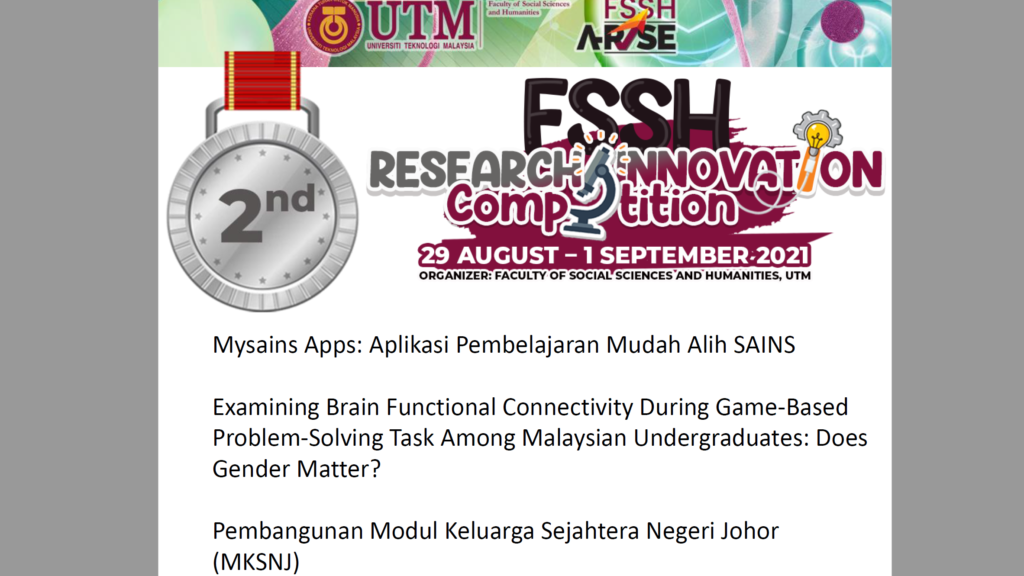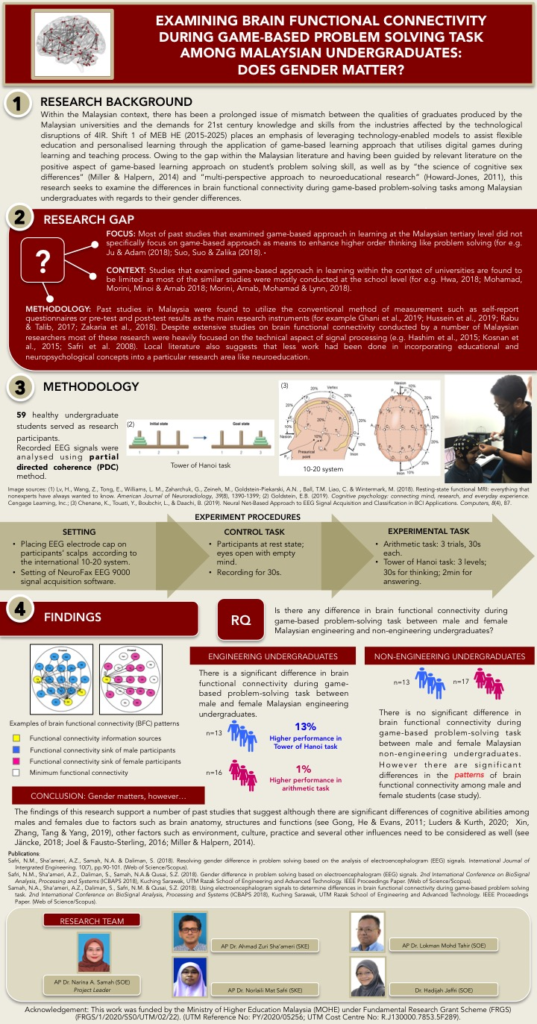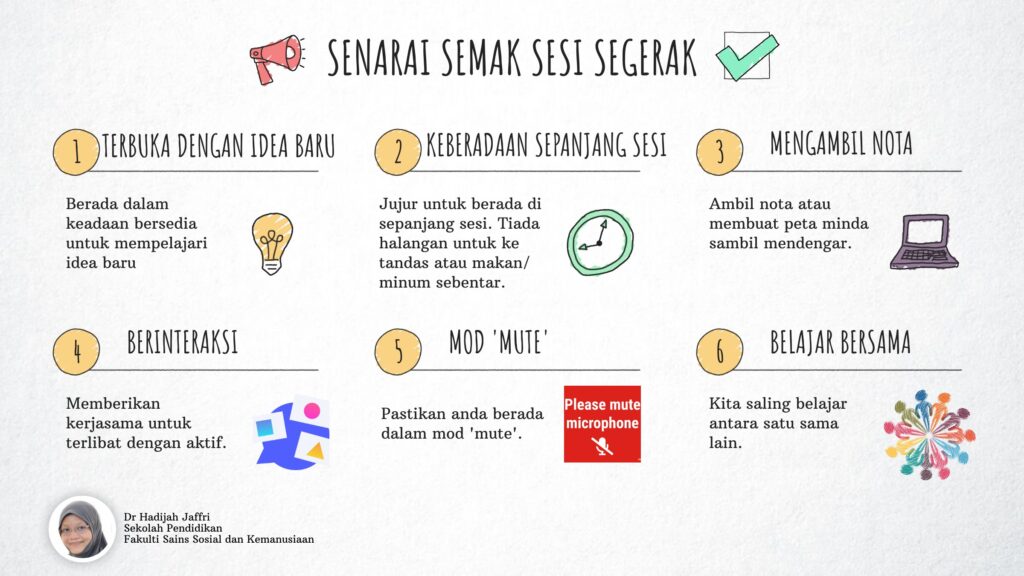To craft valid assessment is an art. An art means it is not depends on one’s personal whim and fancy but it must have the element of an assessment – to measure what it supposed to measure. Sound easy? But many of us are struggling to come out with a rubric as a guideline of assessment. So, the short-cut method is just to use whatever available rubric and change it a bit here and there to suit with the course that we are teaching. The real question is “Can we do that?”
Since we are using the new course information (CI) starting next semester (session 2021/22), I decided to revamp the rubrics of the courses that I teach next semester. It is not an easy process. I used the rubric handbook as a guideline and looked at the CLOs and PLOs that will be addressed in each course. One of the challenges is even though the PLOs might be the same for different courses, yet, the assignments could be different and thus, no one rubric is applicable for different assignments.
I thought it might take me a few days to create the rubrics. Well, days turn into weeks. But I am satisfied with the results. There is another one course which I have not “updated” the rubric. I am not the course coordinator. So, I have to wait for the course coordinator’s decision before I make any changes.
For the rest of the courses, I have uploaded the CI, instructions for assignments and rubrics on Padlet. Since Padlet is not cheap, I intend to use it extensively. I do not mind to be called as “The Padlet lecturer” as I know that using Padlet helps me to organise my materials for teaching as well as to monitor collaborative discussion among students. Of course, I can do it using ELearning features like chat and forum, but I just want to give my students different experience of using different platforms and tools available. In addition, Padlet can be used as a platform for formative assessment. (Psssttt…. I also can claim the activity that I give in Padlet as e-content material. Want to know more information about that?)





